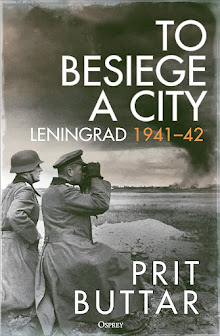The road up to Ulundi from the old Natal border winds through the Zulu heartlands. The beauty of the landscape is breathtaking and the towns en-route are marked by the hustle and bustle of the local culture. We stopped off to admire the fantastic landscape of Twin Peaks and when we reached the top of the the adjoining plateau it felt like we were on top of the world.
 |
| Twin Peaks |
 |
| Ulundi Battlefield Memorial Park |
 |
| The Ulundi Mausoleum |
 |
| The Path to the British Cemetery |
 |
| Ulundi Military Cemetery |
The battlefield park is in the middle of a vast Zulu township and it is only the area of the British position that has been preserved. This, in itself, is interesting though. The square was larger than the command position at Khambula but considerably tighter than the loose perimeter at Isandlwana where the defenders paid such a heavy price in January.
 |
| The End of the Old Zulu Order |
The battle marked the end of the old Zulu order. Cetshwayo was captured shortly afterwards and was imprisoned in Cape Town before spending time in London and eventually returning to his Ulundi where a new Kraal was built to replace the original homestead which had been destroyed by the British.
.JPG) |
| The New Kraal at Ulundi |
The old Zulu order was not to return however. The country was split into spheres of interest with chieftains nominated by Britain as the colonial power. Over several decades after the 1879 Anglo-Zulu War there were a series of bloody civil conflicts which served only to split the Zulu nation even further apart.
For the Battle of Hlobane click here.
For the Battle of Khambula click here.
For the Battle of Isandlwana click here.














